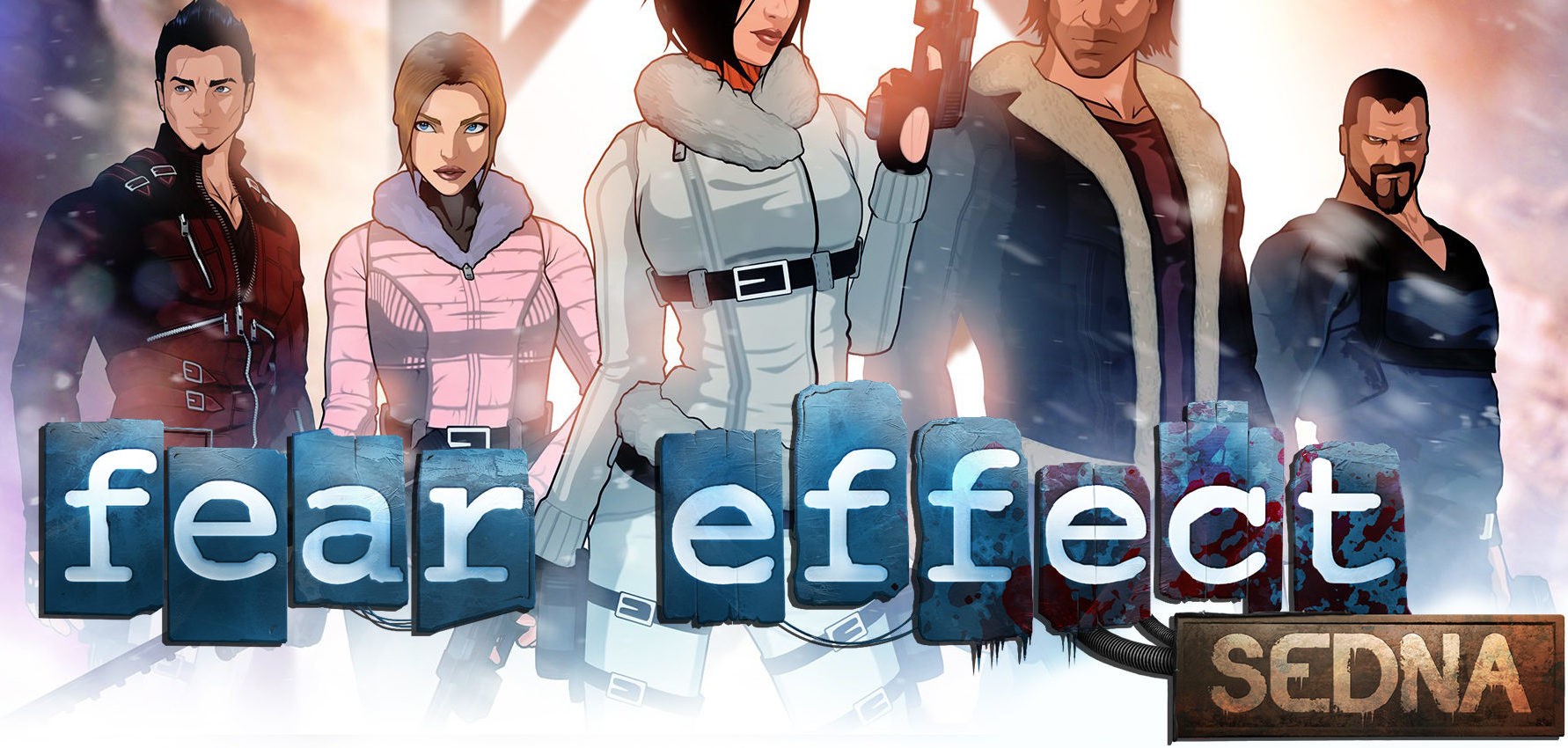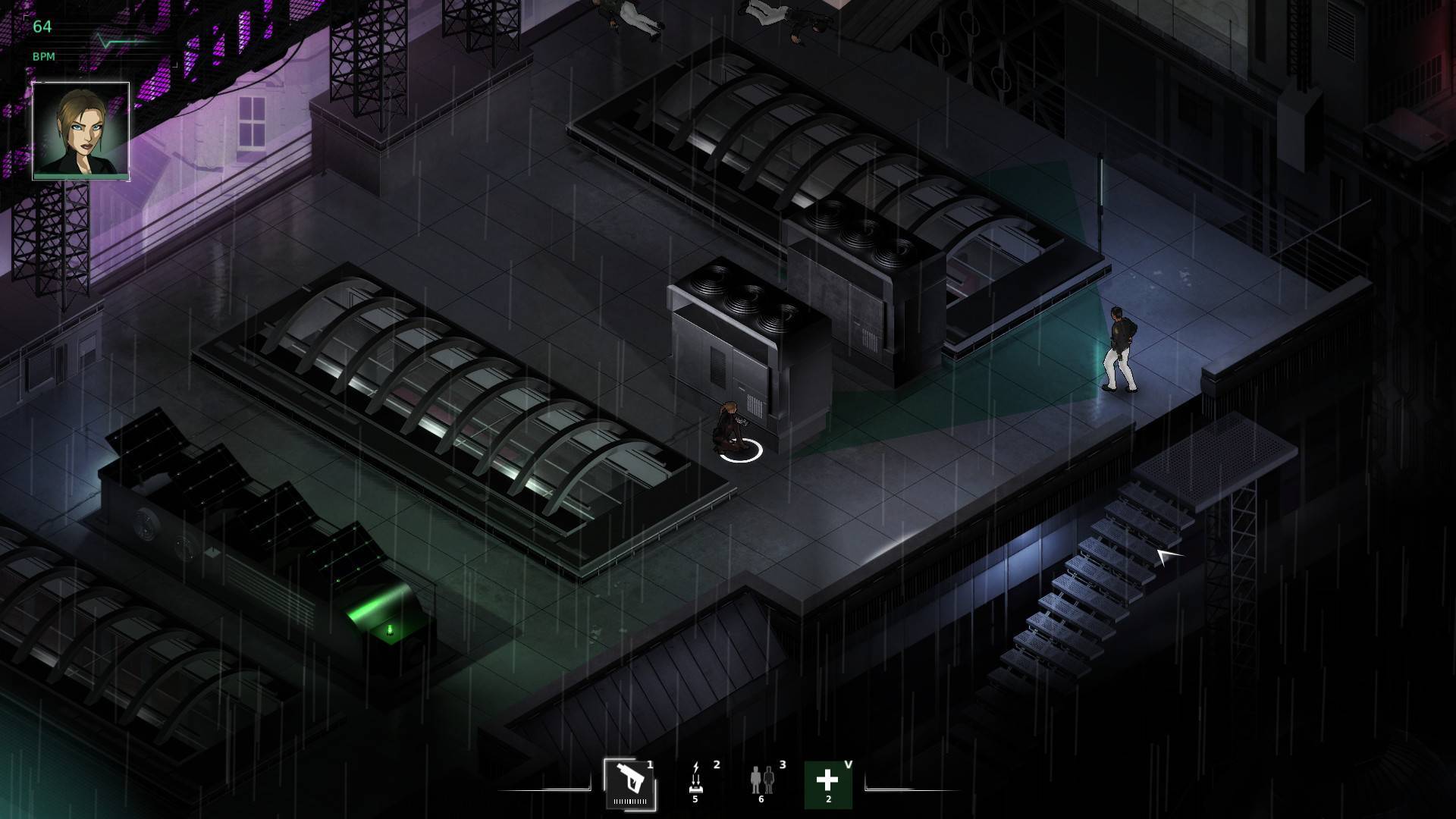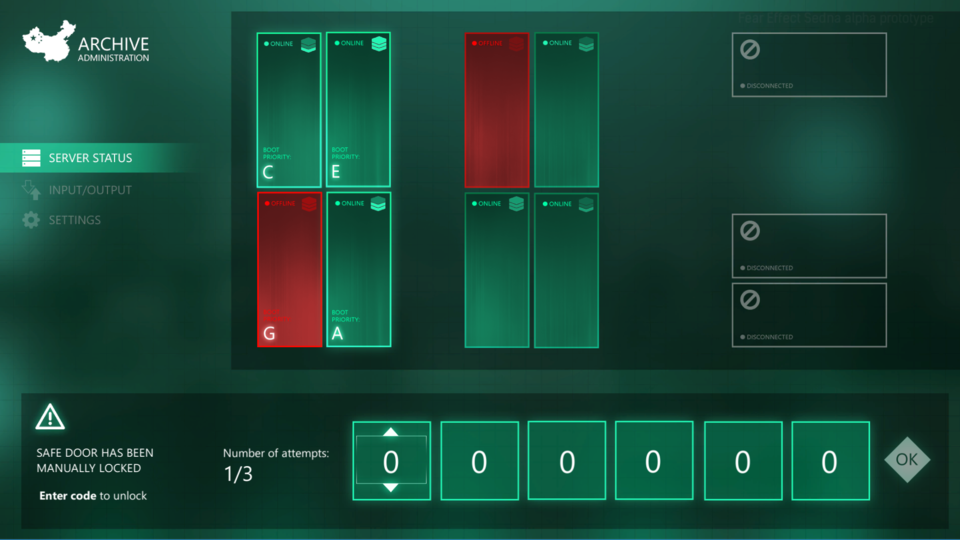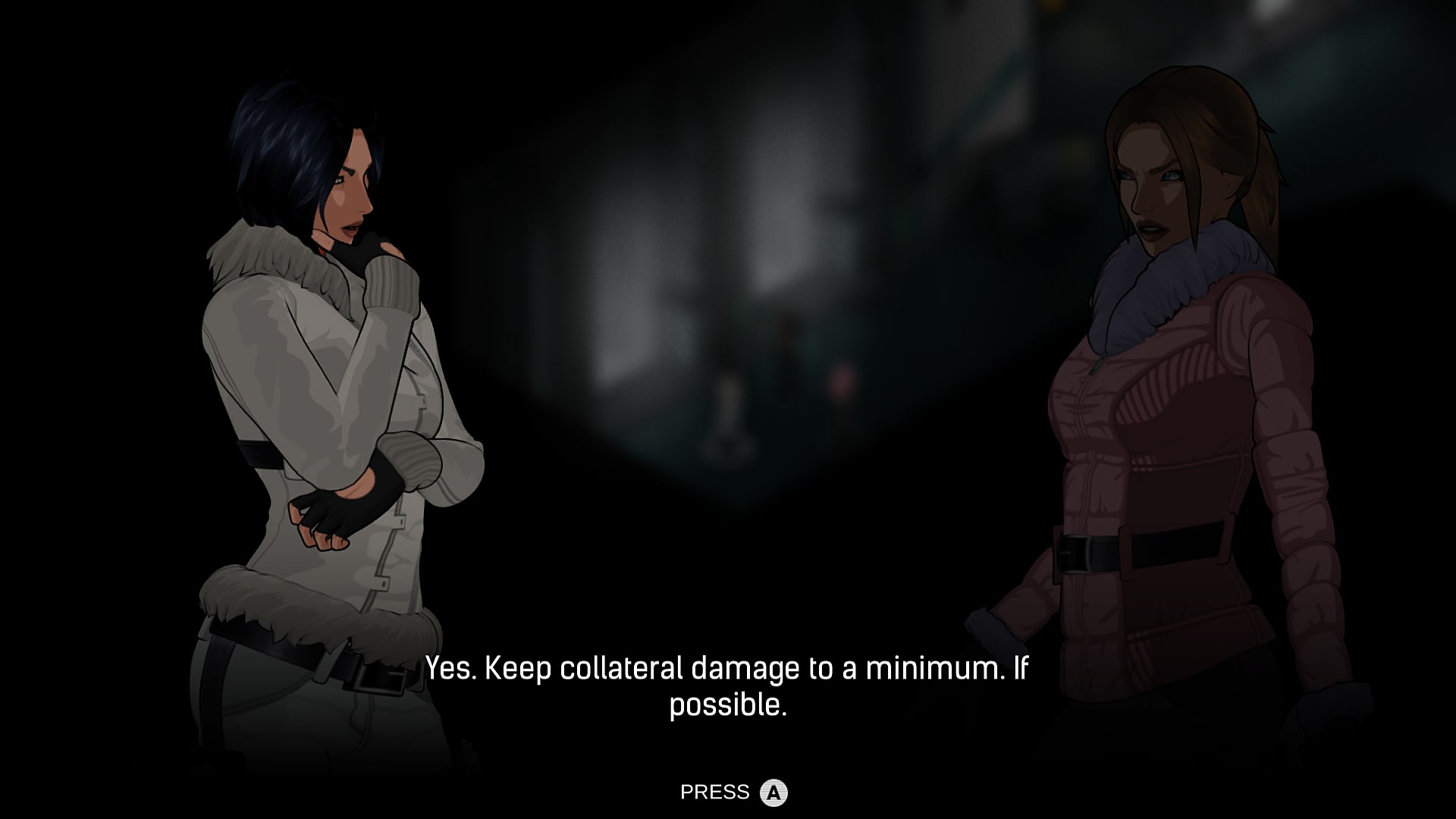
Review by Kyle Worrall
Edited by Katie Tarrant
Developer: Sushee
Publisher: Forever Entertainment/Square Enix LTD
Lead Composer: Sébastien Poncelet
Voiceover: Natalie Rogers, Julie Shields, Michael Osborne, Spencer Cannon & Matthew Curtis
Reviewed on: Playstation 4
Introduction
This month I entered the cel-shaded world of Fear Effect Sedna, the third game in the Fear Effect series. Fear Effect was a game originally released in the year 2000 and is a little less well known than some game franchises, but it is popular none the less, especially considering its successful crowdfunding on Kickstarter.
The aesthetics and mature style of the game were what drew me in. The narrative paired with the music, sound design and voice acting certainly made for an altogether different experience. All I knew going in was that Fear Effect Sedna closely follows on from the story of Fear Effect after a four year time skip, while centering around the pasts of our protagonists (Hana, Rain, Glas, Deke and Axel). With this information to hand, I settled in to see what all the fuss was about.
Music
The music in Fear Effect Sedna plays a variety of roles and fits into multiple genres. Not only that but it fits the styles that are required with seeming ease. The non-diegetic music during gameplay evolves from a steady, ambient electronic style during stealth gameplay to action-orientated music during cut scenes. Meanwhile, the more diegetic music like the classical music that plays during the champagne waiter mini-game was an excellent example of music you would expect to hear in this high society/art gallery setting.
 Fig A. The first section of Chapter 2, demonstrating the stealth mechanics.
Fig A. The first section of Chapter 2, demonstrating the stealth mechanics.
My only qualm with the music of this game is that although well composed, it does lack some variety during the gameplay. Due to the nature of a stealth action game, there are prolonged sections of gameplay that require sitting still and analysing the AI path-making before choosing to move. This can make for a somewhat repetitive experience if the player faces failure a few times as it seems that each small segment makes use of a single loop.
There seems to be some thought as to combating this issue from the developers. The first example of this is that when the player enters tactical mode, the music goes through a low pass filter effect which helps to lessen aural fatigue. This also assists in differentiating the various modes of movement and provides some ludic guidance. Another example of the game’s design that tackles the sense of repetitiveness is the small puzzle segments during the levels. Although these segments usually feature the same background music, it still helps to divert your attention.
 Fig B. The Server code mini game from Chapter 2.
Fig B. The Server code mini game from Chapter 2.
Most importantly I think the most positive idea used is that each area in a chapter or cut scene typically makes use of a different track. Examples of this in the early game are the game’s second chapter, which goes as follows:
– Rooftop and Oscilloscope Puzzle (Track One – Ambient)
– Party Mini-Game (Track Two – Classical Piano)
– Sneaking and Server Puzzle (Track Three – Ambient)
– Cutscene (Track Four – Action)
– Sneaking to Roof (Track Three Again – Ambient)
– Rooftop again (Track Five – Electronic/Action)
This relies on a very transitional approach to music within a game, but tackles a lot of the repetition issues by breaking up the chapter. The use of a single track for each segment though could potentially be handled with a few more layers that change based on enemy proximity and so on.
Sound Design
Regarding the sound design within Fear Effect Sedna, I was quite amused by the novelty of having system sounds for the menu, like the sound of a command terminal (especially considering the focus on hacking within the game). This really felt immersive and added to the game in my opinion. The sound design in this game is good. While I wouldn’t say that it is the most innovative or inventive sound design in and of itself, it is a strong element of the game’s audio and has everything it needs to do its job well. Namely in creating atmosphere or in providing a ludic function (i.e. letting the player know if they have alerted the enemies, used a special attack of collected a consumable item). Overall, the sound design for this game is pretty solid, but unfortunately is outshone by the voice acting.
Voice Acting
The voice acting and script of this game are where it really shines. The actors used in this game are a notable bunch and honestly I looked forward to hearing their quips and back and forth conversations throughout the story. Natalie Roers and Julie Shields have a fantastic chemistry and the inflections and the way that they say things to each other really speaks volumes at times. An example of this is when Hana says to Rain ‘Enough Playing, back to Business’. Her speech is almost reminiscent of a smirk or knowing smile, and this is an example of what I found in most of their dialogue throughout the game. Natalie and Julie really do a great job at showing rather than telling the relationship between these two protagonists.
 Fig C. A cutscene from Fear Effect Sedna.
Fig C. A cutscene from Fear Effect Sedna.
Michael Osborne, Spencer Cannon and Matthew Curtis seem to have more ongoing projects outside of the non-linear realm game audio, but each of them offers authentic accents to their characters (whether that is the more noticeable Australian or not!). This being said, the performances feel authentic, even if Hana and Rain really do steal the spotlight with their dialogue.
Outside of the voice acting performance, the lip synchronisation has been worked on to the finest detail (as demonstrated by an update on the Kickstarter campaign). The voice acting brings the characters to life during dialogue scenes which are basically just animated character’s super imposed over the top of the game.
 Fig D. An example of a conversation being superimposed over gameplay.
Fig D. An example of a conversation being superimposed over gameplay.
Conclusion
Overall, Fear Effect Sedna was a game that I was reluctant to start given its popularity and cel-shaded design. I found the large fan base to be daunting as a newcomer to the series. However, I found this title to be enjoyable. The music is well composed and implemented, if a little lacking in variety within the individual loops. The sound design is solid and the voice acting takes the foreground in the mix and pulls everything together into a well knit experience. If you’re looking for an enjoyable stealth action adventure with a likable cast of misfits/rogues that has plenty of mature themes, then this is the game for you!
Note: Fear Effect Sedna does make use of a composition from the first Fear Effect by Matt Furniss according to VGMdb.com. VGMdb.com states that “Track 25 contains [the] main theme made by Matt Furniss, composer of the first Fear Effect“. However it seems all the other tracks were made for this game by the Sébastien Poncelet (with additional music by Manuel Perez).
LINKS
Official
We hope you enjoyed Kyle’s review, check out others in our Reviews section. Don’t forget to sign up to our Monthly Newsletter to make sure you don’t miss out on our reviews and interviews.
We’re also running a Patreon campaign to make sure we can keep bringing you regular, high quality content if you’re feeling generous! Thanks for even sharing!
The Sound Architect




